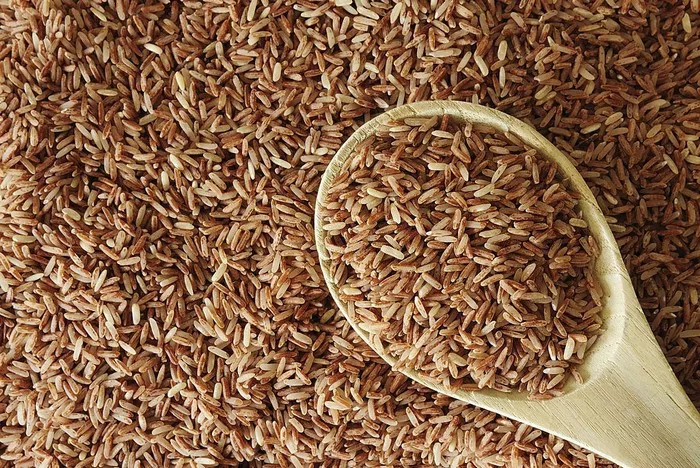When thinking about desserts and weight loss, many people assume these two concepts are mutually exclusive. However, recent research and dietary trends suggest that certain desserts can actually contribute to weight loss. This may sound too good to be true, but the key lies in understanding the nutritional components and timing of these desserts. In this article, we’ll explore various desserts that can aid in weight loss, how they work, and practical tips for incorporating them into your diet.
The Science Behind Desserts and Weight Loss
Before diving into specific desserts, it’s important to understand the science behind how desserts can aid in weight loss. The human body’s metabolism and hunger hormones play crucial roles in this process.
Metabolism and Calorie Burning
Our bodies have a natural rhythm of metabolism, which is most active in the morning. Eating a calorie-laden meal, including desserts, in the morning can be more beneficial than consuming the same calories later in the day. This is because our bodies are better able to burn off the extra calories throughout the day when metabolism is high.
Hunger Hormones
Ghrelin is a hormone that increases hunger. Levels of ghrelin rise before meals, but they are most effectively suppressed at breakfast time. By eating a satisfying breakfast that includes a dessert, you can regulate ghrelin levels and reduce hunger later in the day, which can help prevent overeating.
Desserts That Aid in Weight Loss
Now that we understand the science, let’s look at specific desserts that can aid in weight loss.
Chocolate and Cake
Yes, you read that right! Chocolate and cake can be part of a weight loss plan, but the key is moderation and timing. A study conducted by researchers at Tel Aviv University found that including desserts like pudding, cookies, cake, or chocolate as part of a balanced 600-calorie breakfast helped participants lose more weight and keep it off in the long run.
Chocolate Cake: By incorporating a slice of chocolate cake into your breakfast, you can satisfy your sweet tooth early in the day and reduce cravings for sugary snacks later on. This approach prevents binge eating and helps maintain a calorie deficit throughout the day.
Cookies: Similarly, having a cookie or two as part of a balanced breakfast can be a rewarding way to start your day without compromising your weight loss goals.
Pudding and Yogurt
Pudding and yogurt are also excellent choices for desserts that support weight loss. They are rich in protein and can help keep you full for longer periods.
Pudding: The Tel Aviv University study mentioned earlier included pudding as part of a balanced breakfast. The high protein and moderate calorie content make pudding an ideal dessert for weight loss.
Greek Yogurt: Greek yogurt is another protein-rich dessert option. It can be sweetened naturally with honey or fruits and used as a base for various toppings like granola, nuts, or fresh berries.
Fruits and Fruit-Based Desserts
Fruits are nature’s candy, and they offer numerous health benefits, including aiding in weight loss.
Fresh Fruits: Fruits like berries, apples, oranges, and grapes are high in fiber and antioxidants. They can be enjoyed on their own or used as toppings for yogurt, oatmeal, or pancakes.
Fruit Sorbet and Ice Cream: While traditional ice cream is high in sugar and calories, fruit sorbet offers a healthier alternative. Made from pureed fruits and a bit of sweetener, sorbet is a refreshing and low-calorie dessert option. If you crave traditional ice cream, opt for low-fat versions and control portion sizes.
Healthy Baked Goods
Baked goods can be part of a healthy diet if prepared with the right ingredients.
Oatmeal Cookies: These cookies are made with rolled oats, which are high in fiber and can help you feel full longer. Add some dried fruits or nuts for extra flavor and nutrition.
Muffins: Whole grain muffins with fruits or vegetables can be a satisfying breakfast or snack option. Avoid muffins loaded with sugar and refined flours.
Practical Tips for Incorporating Desserts into Your Diet
While incorporating desserts into your weight loss plan may sound appealing, it’s important to do so wisely. Here are some practical tips to help you make the most of this approach:
Balance Your Meals
When including desserts in your meals, ensure that the rest of your meal is balanced and nutritious. A dessert-laden breakfast should be accompanied by lean proteins, healthy fats, and complex carbohydrates to provide sustained energy and prevent blood sugar spikes.
Control Portion Sizes
Even healthy desserts can be high in calories if portion sizes are not controlled. Use smaller plates and bowls to help portion control, and be mindful of how much you are eating.
Avoid Added Sugars and Unhealthy Fats
When preparing or choosing desserts, opt for natural sweeteners like honey, fruits, or a small amount of refined sugar. Avoid desserts loaded with unhealthy fats, such as butter, margarine, or hydrogenated oils.
Listen to Your Body
Pay attention to your body’s hunger and fullness cues. If you find that including desserts in your meals leads to overeating or discomfort, adjust your portions or choose healthier dessert options.
Stay Hydrated
Sometimes thirst is mistaken for hunger. Stay hydrated by drinking plenty of water throughout the day to avoid confusion between the two.
Conclusion
Incorporating desserts into a weight loss plan may seem counterintuitive, but with the right choices and strategies, it can be an effective way to satisfy your sweet tooth without compromising your goals. By understanding the science behind metabolism and hunger hormones, and choosing desserts that are rich in protein, fiber, and natural sweeteners, you can enjoy a variety of sweet treats while still losing weight. Remember to balance your meals, control portion sizes, and listen to your body to make the most of this approach. With these tips in mind, you can enjoy your favorite desserts guilt-free and still achieve your weight loss objectives.
Related Topics:


























